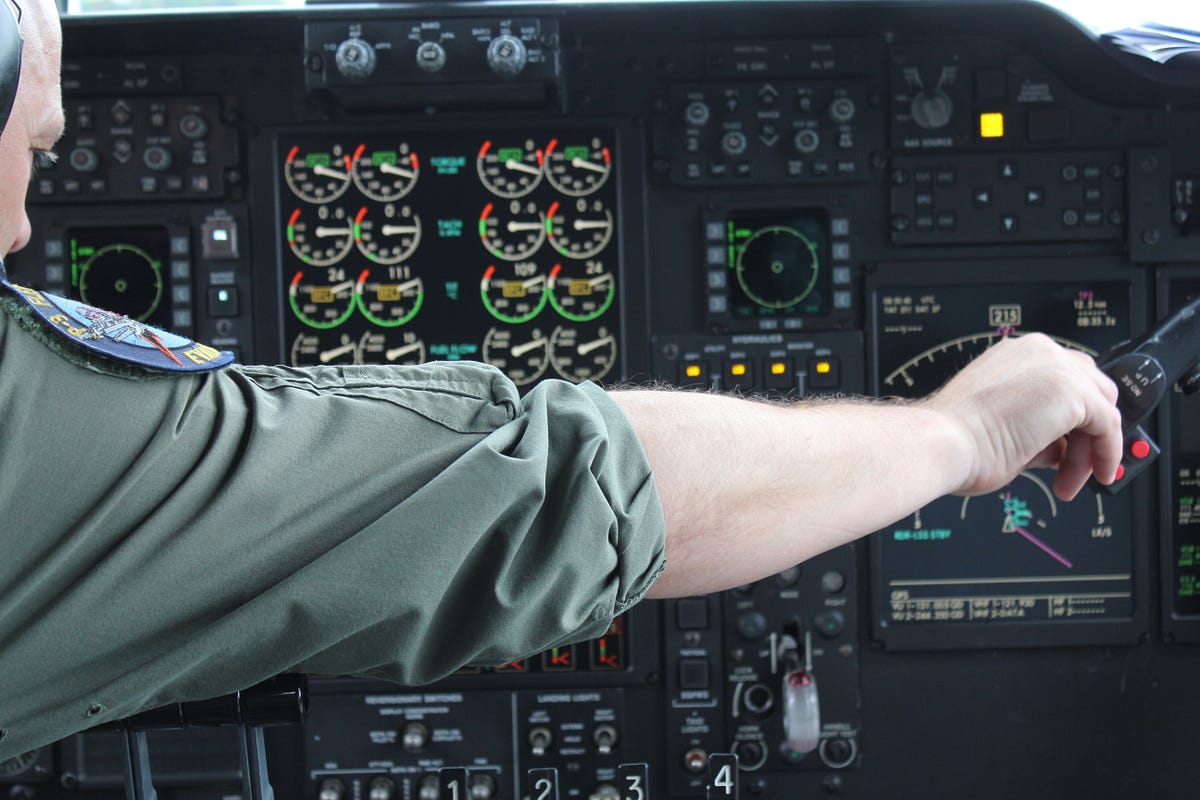Overview
Foley is writing about mindfulness and he gives a few good examples of why you should keep a checklist just like pilots do, but for the moments during or after a catastrophe.
Who's this for?
If you've ever had a moment of panic, you will appreciate this checklist. It's meant to give you a handrail while you walk down from the stairs of a crucial moment in a catastrophe. You might say we've all been there, now!
How to use this template
A quick glance at this checklist will help you down the road, but to really benefit from it you'll have to train and make it a routine. Perhaps once a week for several months. The same way you might train to prepare for a fight, you should make this a habit so if disaster does strike, your training will kick in and you'll calm yourself down automatically.
That being said, scan the contents of the checklist and decide whether this may provide value to you. If you would sincerely commit to some or all of the tasks, you can COPY and PASTE the checklist into any Todoist project, section, or task. Or you can IMPORT this project directly into your Todoist account (requires Premium).

The Checklist
Catastrophe Checklist: The Simple Art of Navigating Stress - Foley
This checklist should only take 20-30 seconds
- Notice the change in your physiology and breathing
- Move your attention to the breath, which will be the anchor keeping you grounded
- Feel your stomach expand; stay with this until the apex
- Feel your belly contract; stay with this until all air is gone from your lungs
- Breathe in for six seconds
- Hold breath for six seconds
- Breathe out for ten seconds
- Repeat (3x)
- Become aware of where you feel the tension in your body* (stomach, chest, neck, throat?)
- Send the inflow and outflow of the breath to this region of the body
- Repeat (3x)
- Move to your thoughts or the stimulus of the reaction
- Be curious. What caused this emotion to arise?
- Ask yourself: Am I in danger? Can I do anything right now to solve what I am worried about?
- If no, move forward with your day. Focusing on your breath for the next 3–5 minutes. Slowly drink a 12 oz glass of water
- If yes, act skillfully in the moment. You have created space between the stimulus and your response, so you have the power to act in your best interest. Act swiftly, do not meddle. Mindfulness is not about inaction; it is about skillful action.
Take note of where you feel the sensation in your body, so you can update this step in the future to say become aware of how the stress feels in your “body part.” Knowing this will speed up recovery
Subscribe
New templates in your inbox and full access to the entire catalog.



